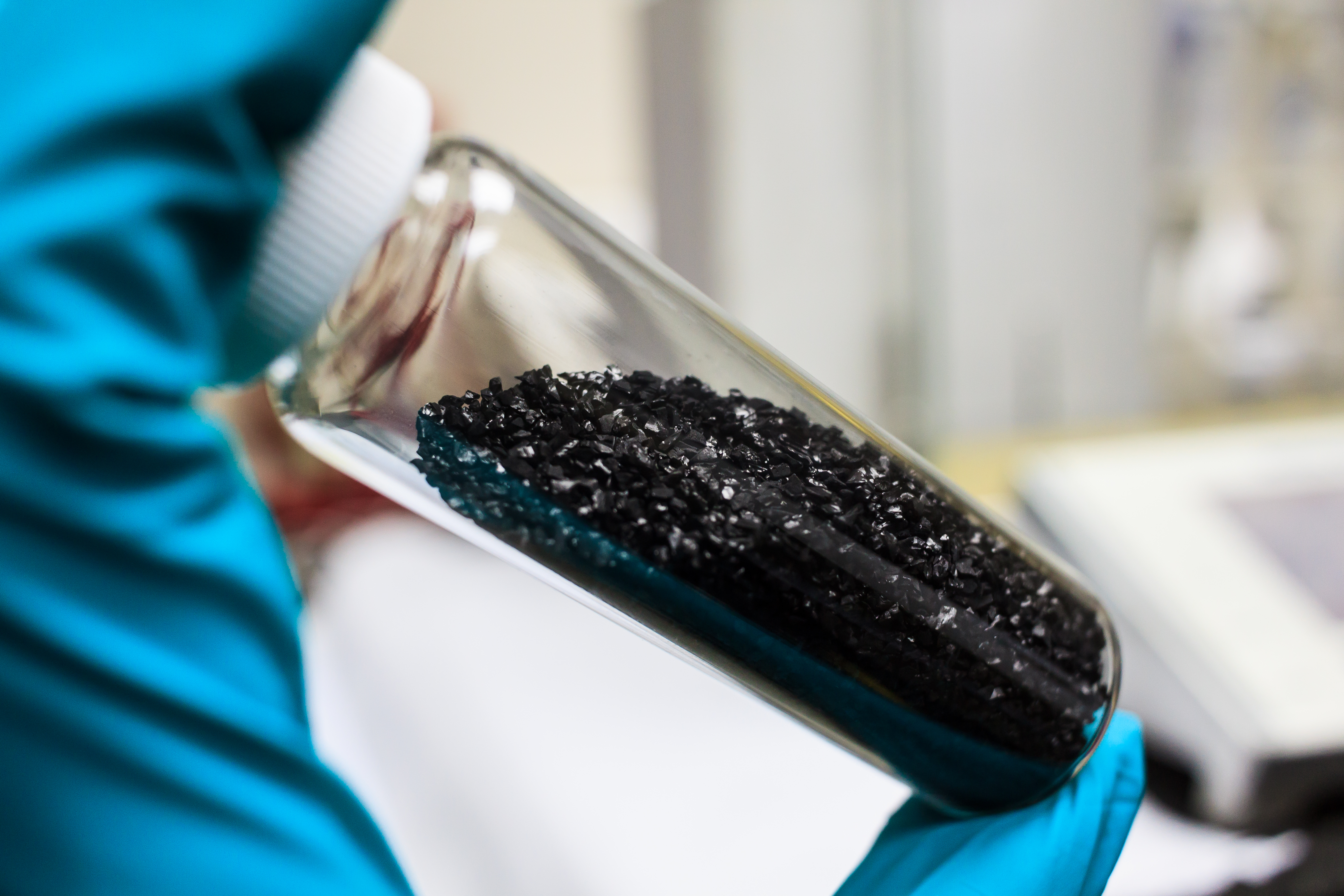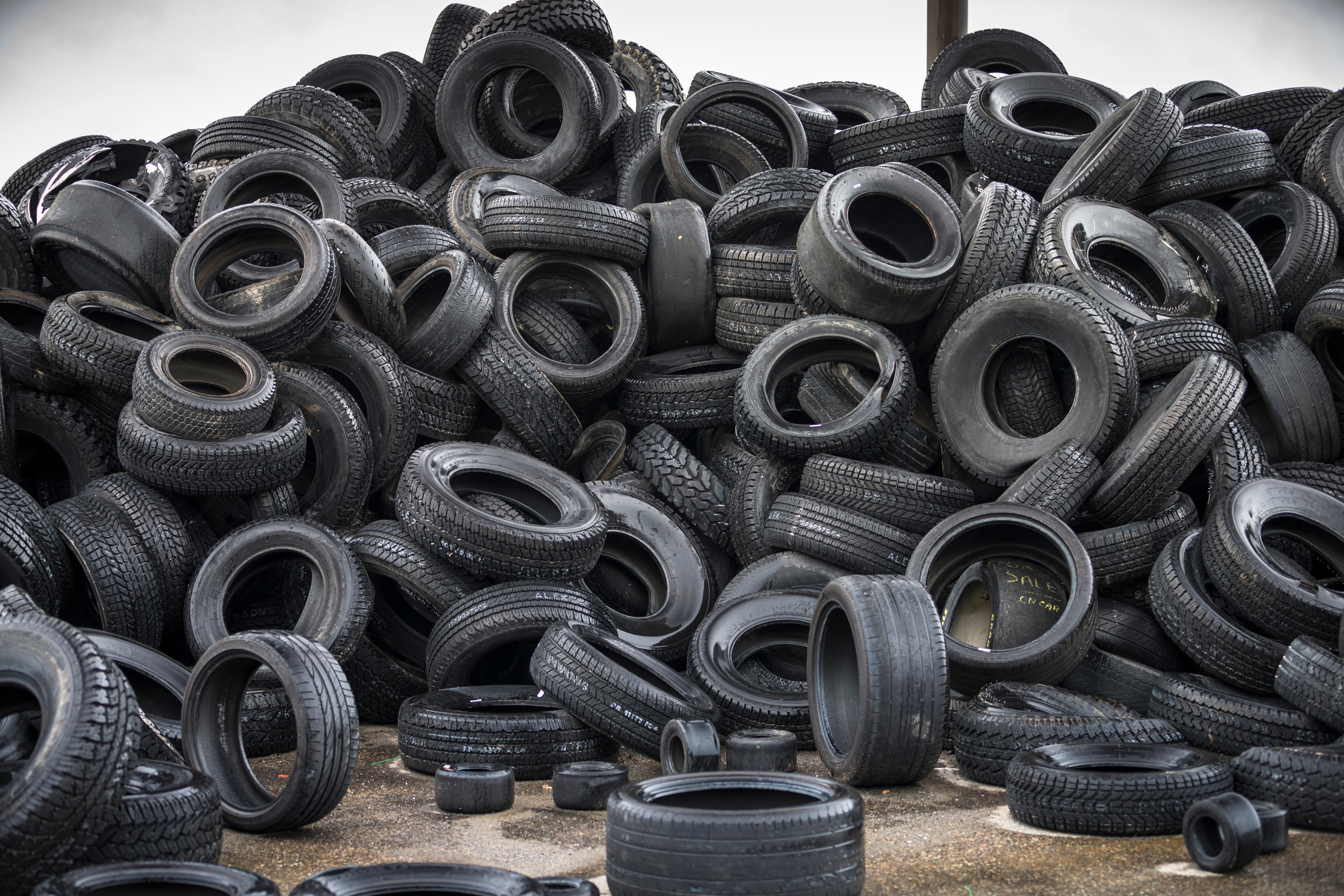


Carbon black is one of the main components of tires or products made from rubber and is also found in colorants used in the plastics industry. What is behind the name? - Specially produced and processed, it is synthetic form of carbon black based on particles of graphite-like carbon. In other words: With a market volume of 15 million tons at €900 to €1200 per ton, it is a high-tech product that offers economic advantages and - if only the material itself is considered - appears to be ecologically “unproblematic”.
Its recovery is an important aspect
However, the manufacture of carbon black is associated with high CO2 emissions, which is becoming more and more problematic. The efforts to find new innovative solutions have therefore intensified in recent years. In particular, the recovery of the material from pyrolyzed scrap tires is an important aspect. After all, of the more than 15 million tons of carbon black produced worldwide every year, 80 percent is used in technical rubber resin materials or tires, and the trend is rising. Available as an extremely stable chemical compound which is also structurally robust, carbon black retains these properties in a wide variety of applications. The material is therefore predestined for recovery. For some years, efforts have been made to establish Recovered Carbon Black (rCB) on the market. Until recently, however, the material recovered through pyrolysis was only able to meet 10 percent of the market’s demand. However, a good 50 percent of the market’s carbon black demand can now be met with this secondary raw material thanks to a new processing technique developed by Fraunhofer IBP. Although research is still underway, the development is now being brought to market maturity in cooperation with industrial partners.
Solutions sought
In the pyrolysis process used for scrap tires, the gaseous fraction is recovered and condensed into liquid fuels. The recycled carbon black (rCB) obtained in the course of the process is a solid by-product. For every ton of carbon black processed, about one third is raw carbon black - a mixture of carbon black, ash and coke. This could be reused for industrial applications, but is not a suitable alternative to the primary resource of carbon black in its present state. This is because its proportion of inorganic “ash” is high. Among other substances, the ash generally contains zinc sulfides, zinc oxides, silicon dioxide, aluminum oxides and also cobalt compounds. These inorganic substances cover the “active” surface of the carbon black, which is essential for industrial applications. Moreover, they also pose a health hazard, thus limiting their high-grade reuse. In addition, if the stability and durability of the rubber decreases, this could pose a problem for technical products such as tires. Neither can the substance be easily used as a colorant. The achievable black color is poor, as is the hardness of the mineral content. In order to be able to reuse recycled carbon black (rCB) more than in the past, these mineral residues must be extracted without significantly altering the properties of rCB. With this is mind, Fraunhofer IBP has developed a demineralization process. Combining both economic and ecological approaches, it paves the way for closing this material cycle.